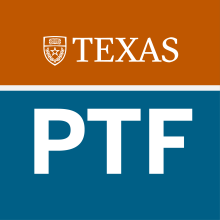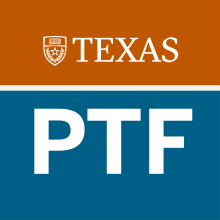Individual Fellow Initiatives

Does Increasing Course Depth While Reducing Breadth Improve Learning in College Students?
Student-centered learning strategies have been effectively used to increase academic performance and learning in students. Educators have hypothesized that course content reduction can also improve student learning. However, support for this idea is lacking. In the present project, I am planning to assess whether a content reduction strategy increases the academic performance of upper-division stem students at the University of Texas-Austin.

Elements of Computing Concentrations
The Computer Science department provides CS classes to the whole university via our Computer Science "Elements" program. The Elements sequence can be started by any student in any major with no prerequisites; later Elements courses only have prerequisites from earlier Elements courses. Some students choose to take just 1 or 2 CS classes in order to learn some programming, and others choose to take 18 hours in order to earn the Elements of Computing Certificate. The CS Elements program serves a very diverse population of students, in terms of backgrounds, majors, and goals.

Academic Culture in McCombs School of Business
MSB does not have a standardized way to define or measure rigor in the classroom beyond using class GPAs as a proxy measure. This focus on lower GPA = higher rigor has had the unintended consequence of creating a
culture of acceptance for low student performance, which disproportionately falls on underrepresented
minorties and first-generation students. This project focuses on standardizing the definition and measurement of rigor in the classroom in a manner that supports both faculty development/promotion and student diversity/inclusion.

The Compassion Project
Evidence from allied health fields shows that patients’ relationship with their provider is often the most therapeutic aspect of the health care encounter (Tresolini

Teaching Patient Safety at the Bedside
Creating a culture of patient safety in teaching hospitals results in safer care delivery. The many demands of the current clinical learning environment make it challenging to routinely and effectively include bedside teaching and role-modeling of patient safety. We used a “positive deviance” model, which has been applied in various settings to help change cultural practices, to identify clinical faculty who model and teach patient safety principles during direct patient care.

Freshman Opportunities for Research in the Geosciences (FORGe)
I am working on a unique partnership between Austin Community College (ACC) and UT Austin to develop collaborative peer learning communities (PLCs) in the Geosciences with mixed cohorts of two-year college (2YC) and four-year college (4YC) students.

Hispanic STEM Transfer Student Challenges and Resources
In 2012, the President’s Council of Advisors on Science and Technology documented the need to prepare an additional one million STEM professionals over the next ten years. To achieve this increase in STEM degree production, attention must be directed towards improving pathways for all students, specifically minority students who have been historically underserved. Research has indicated a need to focus on these underrepresented groups in STEM settings as enrollment patterns and access to higher education differs between groups of students.

Thinking Beyond the Four Years: Assessing a Program for Coaching Career Success
The project is a longitudinal partnership with the Vick Center for Strategic Advising, College of Education faculty, Project 2021 staff, and other Longhorns to measure existing attempts to teach useful skills such as emotional intelligence so that students can make constructive decisions while at UT and then be prepared for the significant life transition that is one’s first career post-graduation. The key activities include semesterly surveys and interviews with students using Vick Center services such as in-person visits and online modules.

